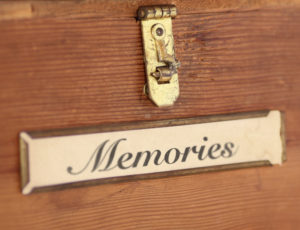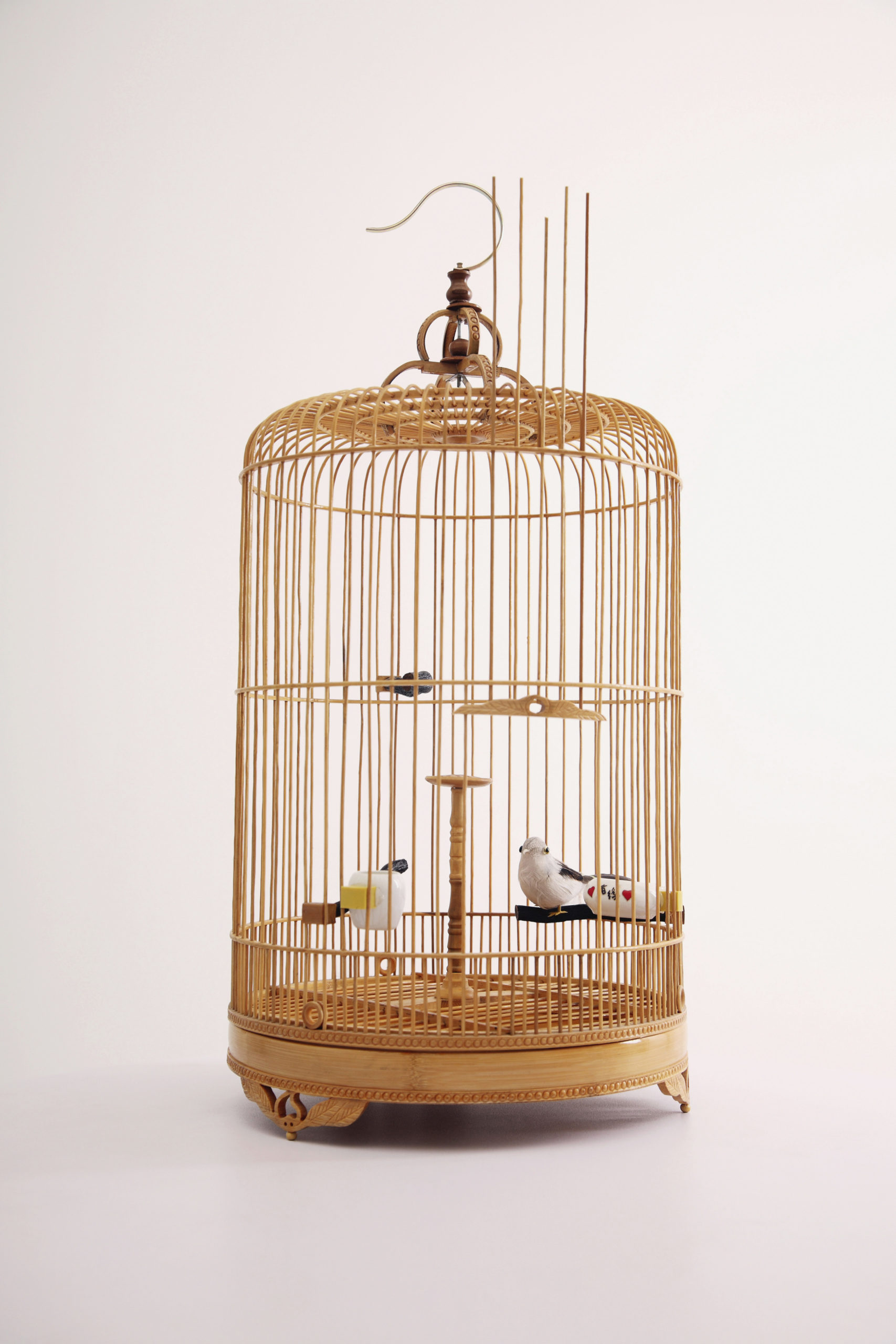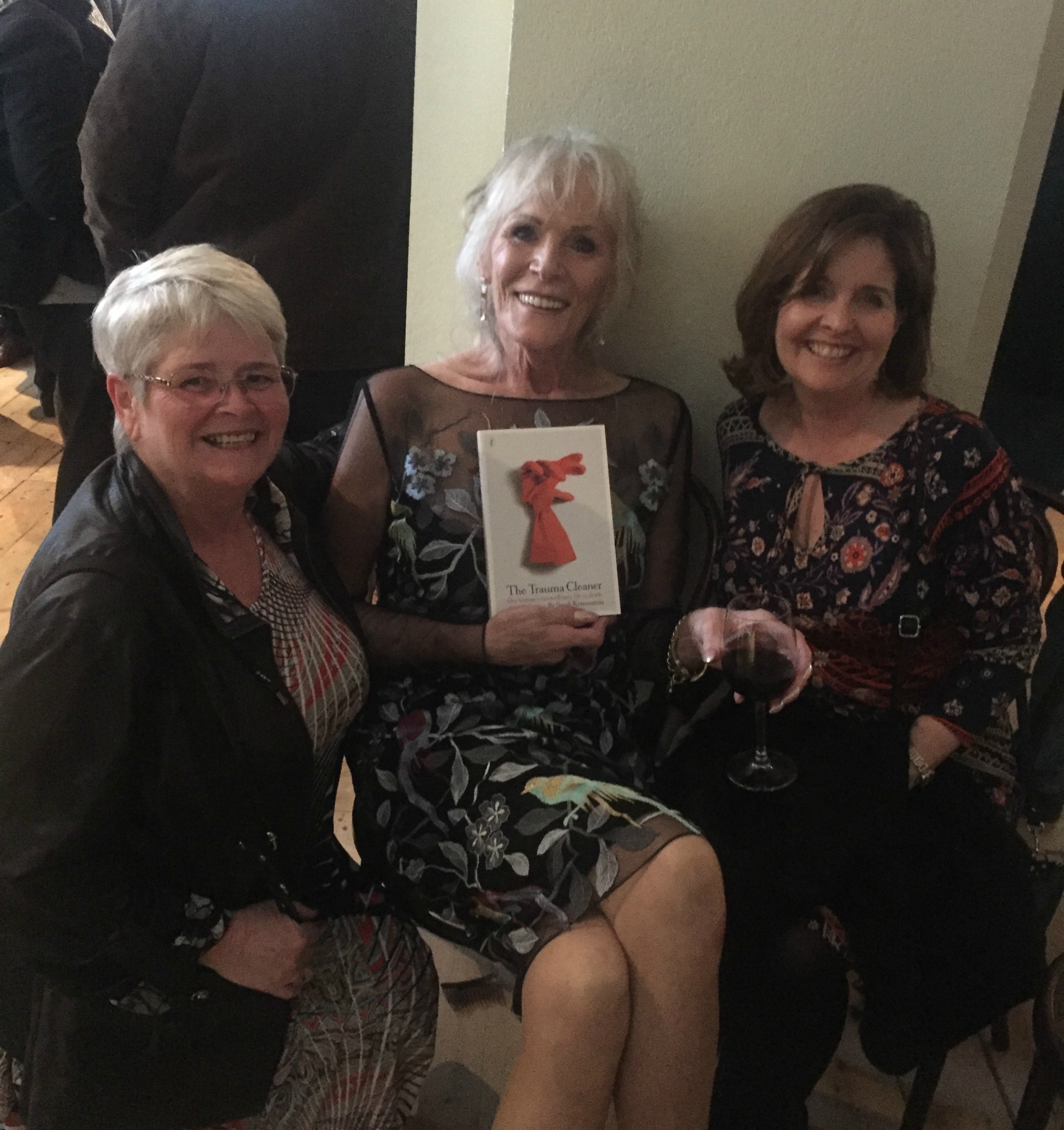 “Why can’t they just chuck it out?”
“Why can’t they just chuck it out?”
That’s what we hear from well-meaning citizens when we explain that we help people who are gripped by Hoarding Disorder.
Well, it’s not as simple as that. If it were, then of course, there wouldn’t be houses filled to bursting, and loved ones at loggerheads over the stuff.
Hoarding Disorder is complex. People hoard for various reasons which, as they themselves would agree, defy logic. In a hoarded house, logic and reasoning play second fiddle to anxiety and emotions.
The strong emotions and unhelpful beliefs that drive someone to hoard can be difficult to override with logical arguments. After years of trying to make someone “see sense”, many frustrated family members and well-intentioned helpers shrug their shoulders and give up. They feel there is no other option.
But there is. Our training is all about solutions. It’s about meeting people where they are at, finding pathways through the maze of unhelpful beliefs and behaviours to a place where, through a sense of control and engagement, their safety, health and comfort can be ensured.
One commonly entrenched but unhelpful belief is that letting go of anything that once belonged to a deceased loved one will erase that loved one from memory. It leads to behaviour that centres on clinging to the past, at the expense of the safety and comfort of those living now.
One answer is to create a shrine of sorts. When you allow space to honour memories, there is a sense of comfort and control, rather than loss and despair. The best shrines are curated and limited, so that they don’t spill into all areas of the home. The process of selecting the best representatives of our memory can be a valuable experience.
One of our graduate trainees, Sue Ryan, has written about an example that one of her clients created. Read about the Garden of Memories here. Sue is sensitive and creative and is always looking for ways to support her clients to success.
Other memory-preserving shrines could be
- A quilt made from baby clothes or dad’s old flannel shirts.
- A box containing memories of mum at her dressing table. Items such as old perfume bottles, hairbrush, compact mirror and jewellery.
- A framed display of assorted items. We’ve seen fishing lures, medals and baby clothes done in this way.
- An array of travel postcards under the glass of a coffee table
Honouring a memory can be beautiful and lasting when done in a meaningful way.








